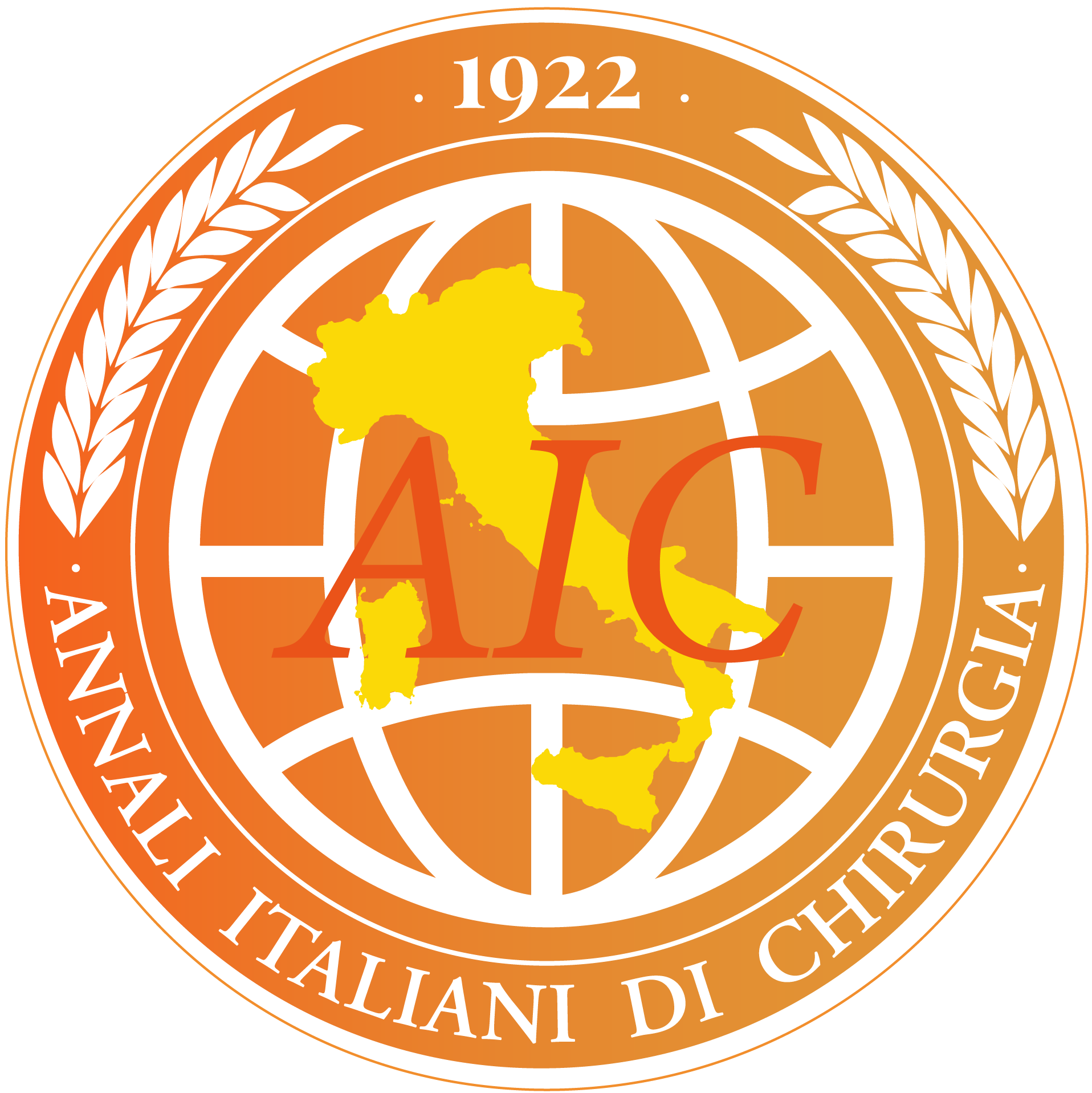1 Mar 2019Article
Transanal hemorrhoidal dearterialization versus Milligan-Morgan hemorrhoidectomy in grade III/IV hemorrhoids
Pietro Genova 1Giuseppe Damiano 1Attilio Monte 1Gaspare Genova 1
Affiliations
Article Info
1 Department of Surgical, Oncological and Stomatological Sciences, University of Palermo, Italy
Ann. Ital. Chir., 2019, 90(2), 145-151;
Published: 1 Mar 2019
Copyright © 2019 Annali Italiani di Chirurgia
This work is licensed under a Creative Commons Attribution 4.0 International License.
Abstract
BACKGROUND: Grade III-IV hemorrhoids require surgical treatment. The Milligan Morgan hemorrhoidectomy (MM) still considered the gold standard - is now flanked by less invasive surgical methods such as Procedure for Prolapse and Hemorroids (PPH) and Transanal Hemorroidal Dearterialization (THD). The authors wanted to compare in a prospective, randomized trial the MM hemorrhoidectomy and the THD in the treatment of grade III-IV hemorrhoids. MATERIALS AND METHODS: Between January 2010 and March 2013 they were recruited 87 patients with grade III-IV hemorrhoids. All patients did not previously undergo surgical treatment. From the time of recruitment, for a period of six months the patients evaluated the extent of the symptoms of which were suffering expressing in simple and subjective questionare how hemorrhoidal disease accounted on their social life and wellness. After six months of the 52 patients with grade III hemorrhoids 27 were randomly treated with THD and 25 with Milligan Morgan; of 37 grade IV 18 they were treated with THD and 19 with MM. It was evaluated in particular the post-operative pain recovery, the reaching the feeling of wellness (evaluated with a modified VAS scale), the presence of bleeding and soiling. The patients then underwent follow-up to at three months, one year and three years. RESULTS: Grade III-IV hemorrhoids treated with THD showed a more rapid achievement of the wellness with a lower incidence of post-operative pain and faster recovery and return to work activities and social life compared to MM cases. In grade IV hemorrhoids treated with THD or MM these objectives have been reached later compared to grade III. However in cases of grade IV hemorrhoids THD procedure resulted more difficult respect to cases of grade III and there has been an incidence of recurrence at 3 years equal to 15% of cases. In grade IV hemorrhoids treated with MM no recurrence occurred during the three-year follow-up. CONCLUSIONS: For grade III hemorrhoids THD technique provides the same results of MM, while for grade IV hemorrhoids we believe that better result can be achieved with MM technique. However, we deem that in cases of grade IV hemorrhoids the choice between THD and MM can be more rationally made on the basis of objective examination with the patient in the operating position and already anesthetized and therefore in complete relaxation.
Keywords
- Hemorrhoids
- Milligan-Morgan Hemorrhoidectomy
- Post-operative Pain
- Transanal Hemorrhoidal Dearterialization THD


